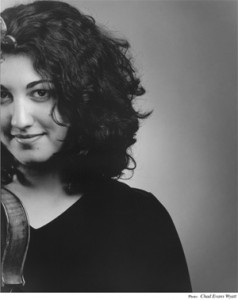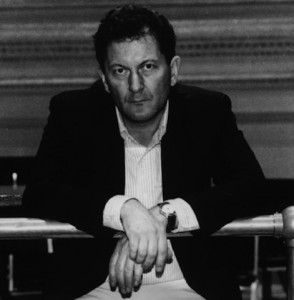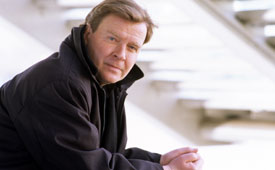[Noted composer/performer Bunita Marcus asked to share some information on her upcoming lectures on Morton Feldman.]
 Hello Friends and Colleagues,
Hello Friends and Colleagues,
I am doing two lectures on Morton Feldman’s Notation and Compositional Process here in NYC this coming January 16th and 23rd at 1:00 to 3:00 pm. These lectures will also be available via Ustream.tv for people outside of NYC.
These lectures are unique audio/visual powerpoint presentations. The first lecture is on the influence of Rugs and the Visual Arts on his Composition and Orchestration. The second lecture is a closer look at his Rubato Notation and his Compositional Process, examining the vellums and manuscripts. I will also discuss the ramifications of this type of notation for the future of contemporary music. I have been lecturing on this subject for 24 years, but unfortunately very few people understand how Feldman went about putting a composition together. I have not published this information anywhere in this much detail. If you are at all interested in Feldman’s compositional process and how he notated his music, this will be an essential introduction. As most of you know, Morton and I composed together for over seven years–a crucial seven years–where he solidified his notation and compositional process in the late works.
I would like to invite anyone interested to attend. I have set it up so that anyone with access to a computer can watch it live. We are trying to make the internet participants able to ask questions via chat. I will be addressing the issues surrounding the vellum scores that Morty created and the problems that have arisen when Universal engraves a score and loses this information. This will be of particular interest to anyone doing research into Feldman’s work. Morty created some of the most interesting and ingenious notation in his late period and we will look at that in detail and it’s implications for the future of contemporary and common-practice music. The lectures are really sequential and I urge you to see both for the best comprehension.
The space in NYC is somewhat limited, so I do encourage you to get your tickets soon and reserve a seat. From the way things look now it will sell-out. There is also great interest in the live internet feed and there is no limit to how many people can use this. But for my sake, please don’t wait until the last moment, try to order the tickets at least 4 days ahead of time. If for some reason you are interested but cannot make either form of the lectures, please do send me an email (b@bunitamarcus.com) and I will put you on a list to keep you updated on future lectures, and a DVD I have in the works.
Feel free to pass on this news. It’s about time we started to clear the air concerning Feldman’s contributions to music. The more people understand what he was doing, the more interesting it becomes. Even though we worked together for many years, my music is nothing like his–except in one way: I adopted and adapted his notational ideas. And in all my years of teaching composition, I have learned that his notational ideas work with any type of music. This I find amazing. It gives me hope for a contemporary music that is accessible to traditionally-trained classical musicians. It is no longer necessary to be a specialist in contemporary music in order to play it. Feldman’s notation shows us the way. It is a composer’s solution, as it should be.
Remember, anyone, anywhere with a computer can log-on and participate, this is not just for the US, it is world-wide. You just need to order tickets to get the correct URL for the lectures.
I will be demystifying Feldman to the degree that one can do so.
I hope to see you there!
Bunita Marcus
Ph.D. Music Composition
www.bunitamarcus.com
Faculty:
If you have composition students please let them know about these lectures.
There is plenty to learn here, especially about composition and notation.
You can buy the tickets (discounts for students, seniors and limited income) here:
http://www.bunitamarcus.com/shop.html
Location:
1-3 pm, Jan. 16th and 23rd, 2011 in Tribeca, NYC
Piano Magic, 78 Reade Street #5E (corner of Church), 10007
(This is a four flight walk-up on Sundays)
1, 2, 3, A, C at Chambers St.; 4, 5, 6, R at City Hall
Piano Magic: 212-732-8828
Bunita 347-715-6518
Also on Facebook:
http://www.facebook.com/event.php?eid=172144969472807







 Call for Scores:
Call for Scores: 